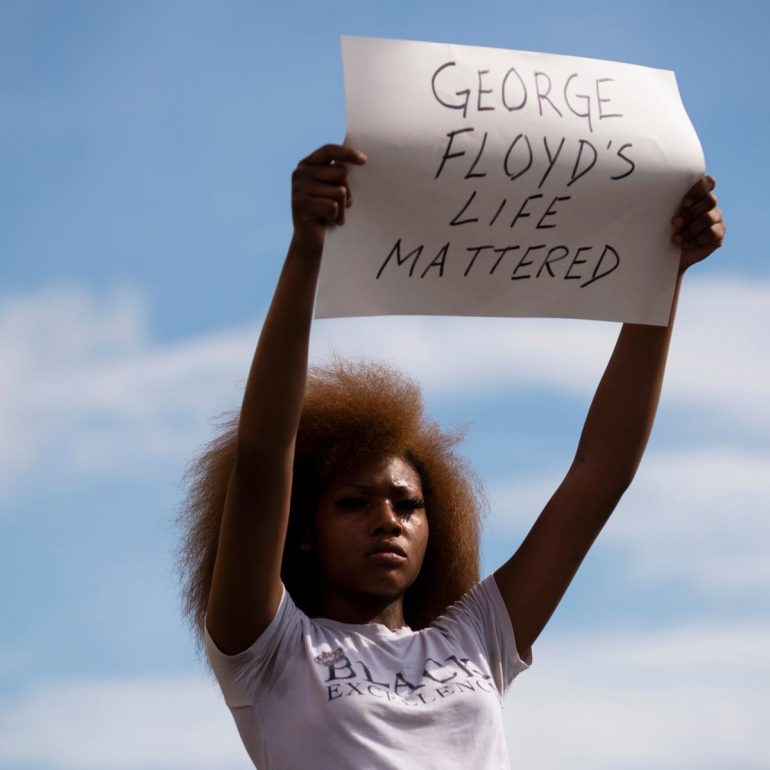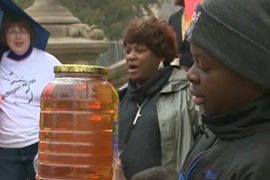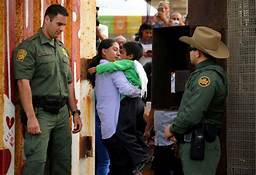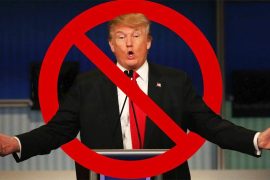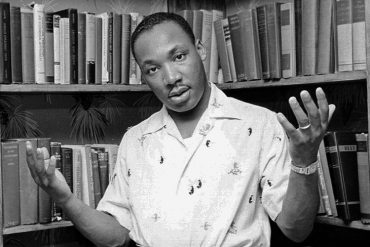The murder of George Floyd by white Minneapolis policeman Derek Chauvin has unleashed a torrent of protests across all 50 states and even some worldwide.
Two very different things about these protests jump out: 40 percent of the demonstrators are non-Black; and one in 10 is a Generation Z’er (born in 1995 or later).
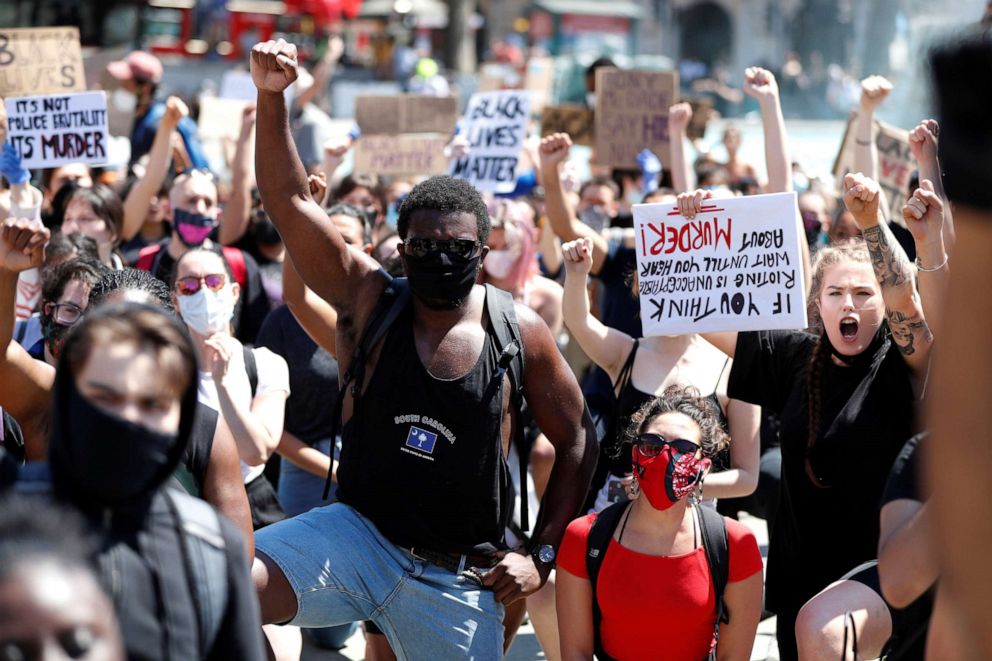
Black author and thought leader Ta-Nehisi Coates notes that “significant swaths of people and communities that are not Black, to some extent have some perception of what Black pain and suffering is.” He adds “George Floyd is not new. The ability to broadcast it, and the way that it was broadcast, is new.”
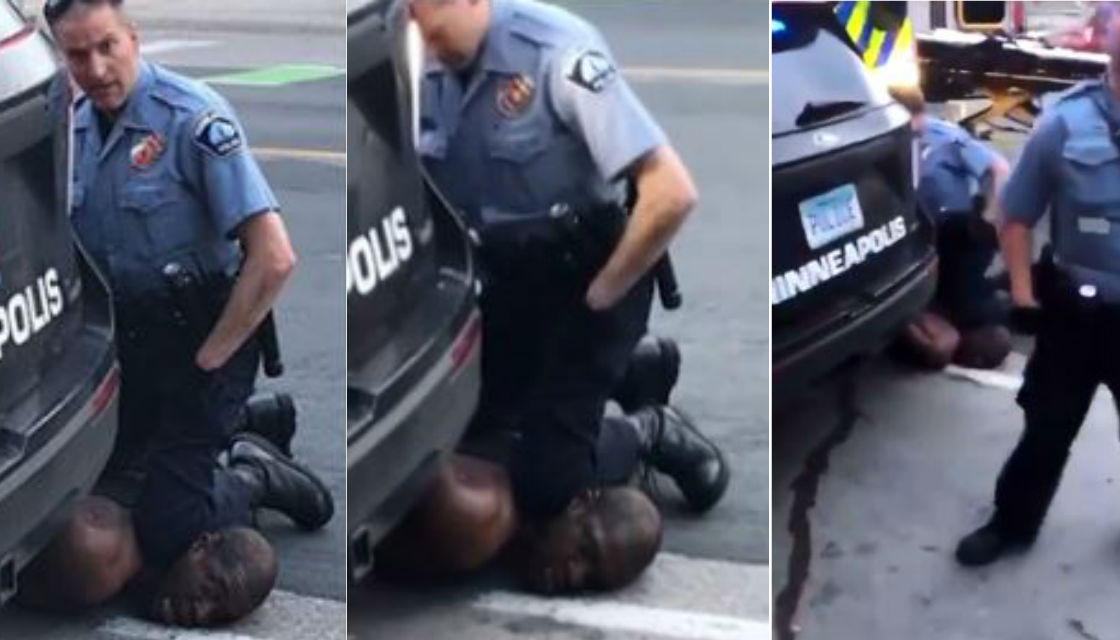
Makes sense. But why? The generation Z kids saw Barack Obama, a Black dude, as their President way before they could vote. Yet they also saw the litany of white-inflicted Black death go on and on. Erik Garner, Freddy Gray, Trayvon Martin, Breanna Taylor, Tamir Rice, Ahmaud Arbery, to name a few.
Jelani Cobb of The New Yorker posits that Floyd’s death and the agonizing, protracted manner in which it occurred, caused the different kind of reaction. Fully 71 percent of white Americans now say that racial discrimination is a “big problem.” Across the globe, what many people saw was not in and of itself astonishing. That it was happening in America was.
Suddenly Confederate statues are coming down. Aunt Jemima is coming off pancake boxes, along with Uncle Ben’s rice and maybe even Ms. Butterworth. Black NFL players are demanding that a quarterback blackballed for kneeling against social injustice during the national anthem be rehired. Nearly two-thirds of Americans now say that the NFL owes Colin Kaepernick an apology.
So, the time is ripe for real change. Yet our history tells us that real change isn’t that simple. Some compare the George Floyd protests to the civic unrest of following the 1968 assassination of the Rev. Dr. Martin Luther King.
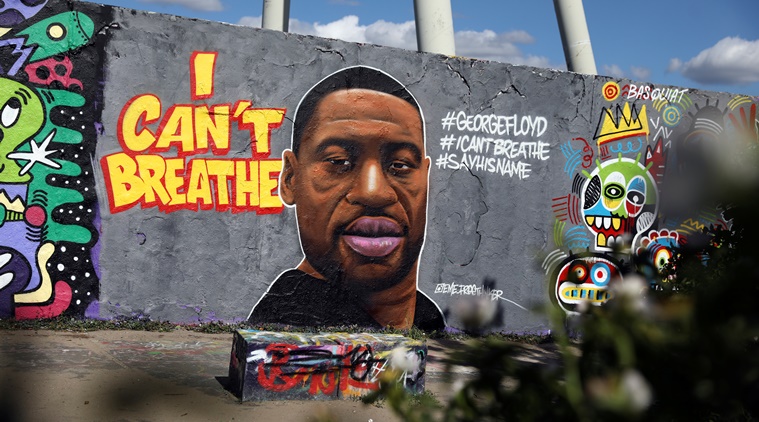
But in some ways the Floyd killing has had even more impact. There’s the serial nature of all the recent deaths-by-police, the reach of cable TV and digital media, plus the graphic videotaped brutality of the Floyd killing.
Even so, Black America needs now to take a lesson from 1968. The time is now, while the pain still burns and our cries echo in the streets, to convert our anger into lasting gain. Let me explain.
Let Pain Beget Gain
In 1965, well before the MLK assassination, Lyndon Johnson coined the phrase “affirmative action.” Something was needed to redress the effects of Black enslavement, Jim Crow and urban removal. LBJ issued Executive Order 11246, which banned discrimination on federally funded projects. This opened the door for Black contractors.
But it took the April 1968 murder of MLK to move public support behind what happened next here in Chicago. On July 23, 1969, The Coalition, led by Martin Luther King lieutenant C.T. Vivian, used both the Presidential mandates and growing public sympathy to shut down a federally-funded construction project on West Douglas Blvd. It was the first of over $80 million in closed projects to follow.
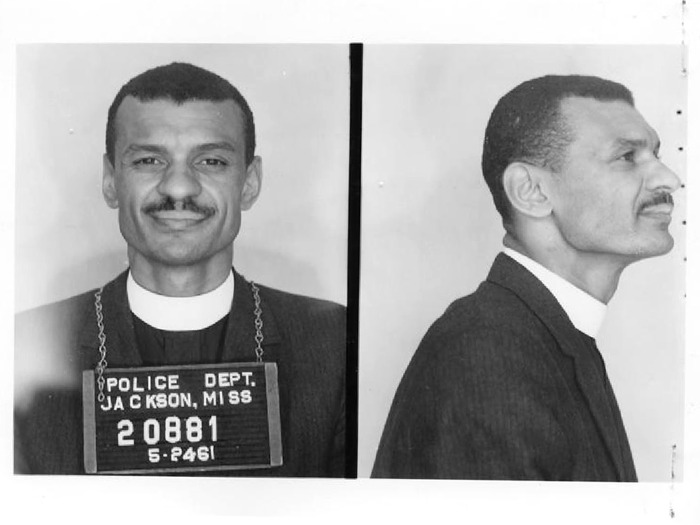
“You can work in our community, but not without us,” was the motto of The Coalition. As a local leader, I helped recruit the Lords, Stones and Disciples along with everyday Blacks seeking construction jobs. We also formed the West Side Builders Assn. – the perfect vehicle when President Richard Nixon later embraced affirmative action, albeit under the very Republican name of “Black Capitalism.”
Affirmative Action was the basis of our success. Lyndon Johnson knew it was not enough simply to stop discriminating. Extra effort was needed and that was Affirmative Action.
But here’s the lesson: We found that protests, however loud and heartfelt, were not enough. They are a start, but the formula for lasting gain has four P’s: PROTEST, PROCESS, POLITICS, and PROFITs.
Back then, protests led to negotiations, meetings, organizing and finally – engagement with elected and appointed public officials. Our opponents were the construction labor unions and the Association of (white) General Contractors (AGC).
Another important event taking place was the formation of the National Association of Minority Contractors (NAMC) in Oakland, CA. Shortly thereafter, Congressman Parren Mitchell (D-MD), created the Congressional Black Caucus Business Braintrust. I was a member of both. Process. Politics.
The negotiations with the unions and the AGC were chaired by none other than Mayor Richard J. Daley. That led to the Chicago Plan, which had goals and timetables to bring Blacks into all 20 trade unions. To cement and spread our gains, we testified at Congressional hearings in Washington and in Chicago.
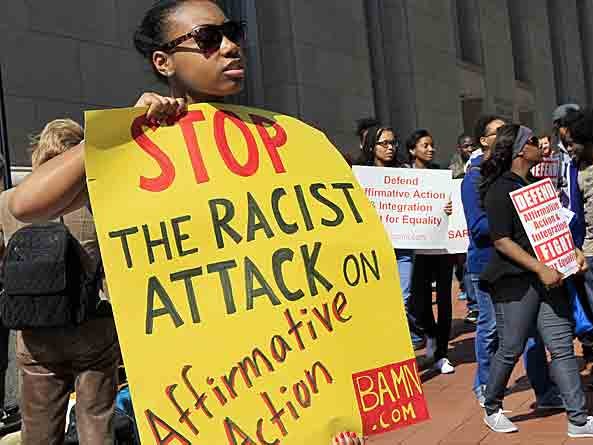
It’s About Being Black
But battles won hardly mean the war is over. Affirmative Action came under attack almost immediately with the complaint that, because it was race-specific, it was “reverse discrimination”, which unfairly harmed whites.
So, the courts have been filled with challenges. Our Constitution does not deal directly with race, only that all deserve “equal protection.” And so, lawyers are still scrambling to put a name to our “disadvantaged class.”
This is what is so fascinating about George Floyd’s case. There’s no hemming or hawing about whom we’re talking about here. The protests aren’t about “minorities,” or small-and-disadvantaged companies, not even that annoying euphemism “of color.”
The reaction to Floyd’s killing is unapologetically, unashamedly, about the systematic oppression of Black people. Sad that it took a real-time televised murder and weeks of multi-ethnic marching, but here we are.
Reviewing the trek from ‘68 to now, the utility and value of Affirmative Action is more important than ever. But it must be defended, and it is due to the efforts of dedicated advocates such as Lawyers Committee for Civil Rights under Law, the contractors of NAMC and, of course, the Civil Rights giants NAACP and Urban League. Together we’ve mounted defense-after-defense against disingenuous attacks on basic fairness.
Given this background, where do we go with the energy generated by the George Floyd murder?
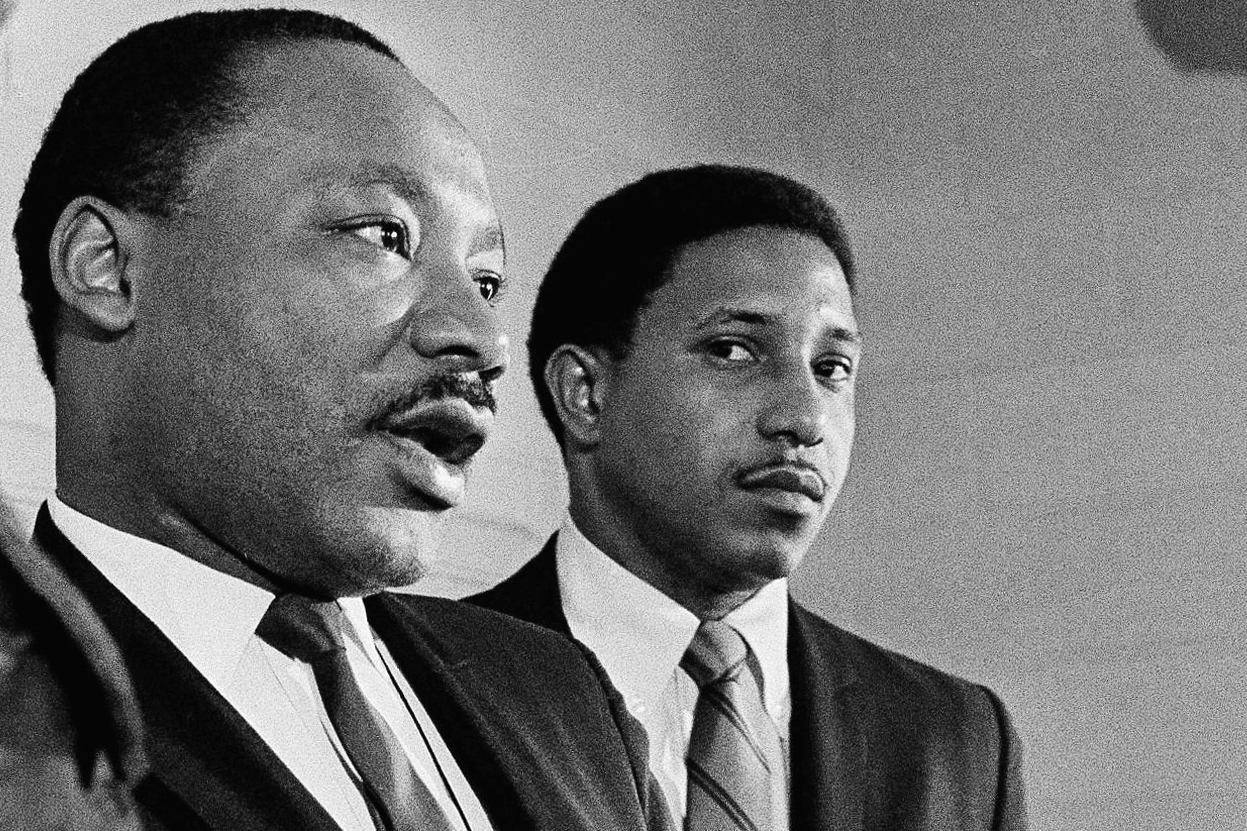
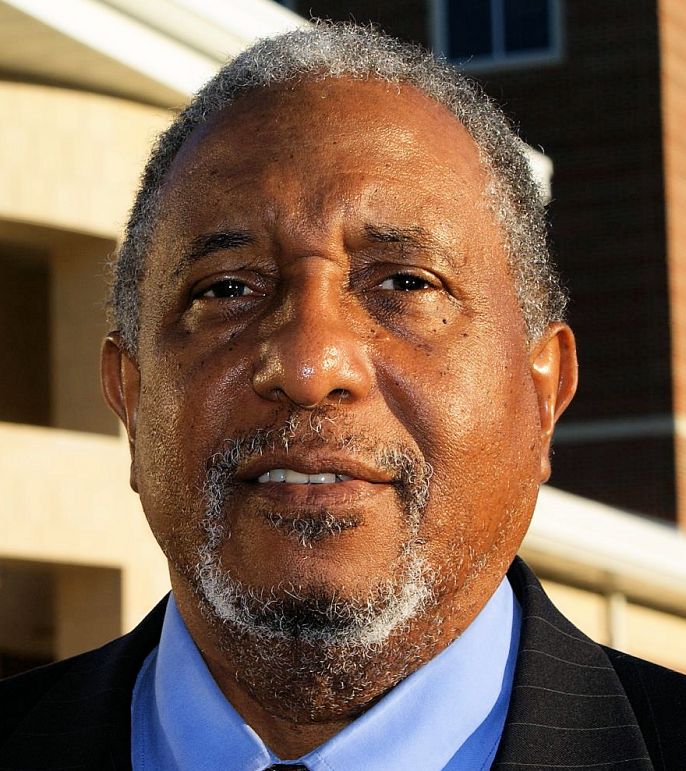
My favorite expert on the subject is my friend Bernard Lafayette, who once marched with MLK and with my late sister, Claudia. Bernard has been training young activists in nonviolent social change. He traveled to Ferguson, Mo to advise protest leaders there. Here’s how he explained it to the New York Times:
“Mainly they need training. They need to build coalitions. I prepare folks to take different roles in the movement. You cannot do everything. People have different roles. The other most, most important thing, you got to get people who are ready to register to vote.
“You must have people in power who represent you. Youve got to be negotiating and talking to the people who will make decisions. You cannot just put it out there and be screaming in the air. The air cannot make the change.”
My two own two cents is that Black Lives Matter will need to establish dialogue with various police departments. A first step would be to have an intermediary (preferably an attorney) establish one with the NYPD Guardian’s Association, a group of 1,000 Black officers. In Chicago, former members of the once active Afro-American Patrolmen’s League should be contacted.
These groups were formed because Black police knew Black communities were being treated unfairly, just as Black patrolmen were getting the worst shifts and assignments. Before talking to mayors or police superintendents, talk first to the men and women on the front lines Having confidential, trusted, one-on-ones with these professionals should guide BLM’s approach to the higher-ups. The troops know where to get points on the board.
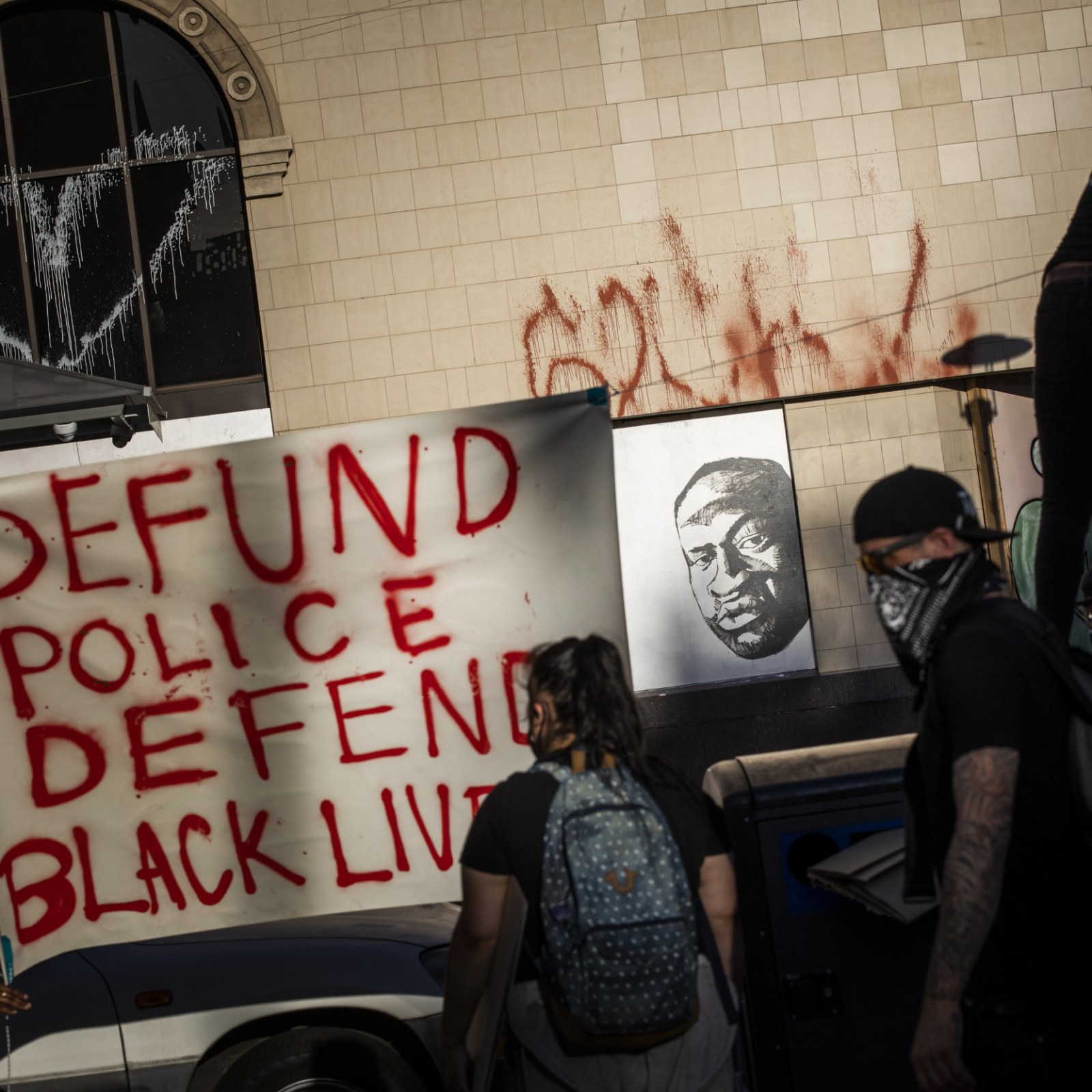
One thing BLM negotiators will quickly discover is that “Defund the Police” is a political and pragmatic non-starter. Black policemen are, for the most part, the most recently hired and apt to suffer most from any reduction of the ranks. Moreover, few supporters will be found to support an axe-like chop of policing given the needs in Black communities.
Better to have social workers and /or mental health professionals added to 911 call responses, both to calm potentially violent situations … and add a witness to rough-and-tumble situations.
As for politics, let us not underestimate the leverage now swung by Black leaders such as Congressman James Clyburn (D-S.C.), whose support likely turned the tide for Joe Biden in the former vice-president’s bid to unseat you-know-who this coming Nov. 3.
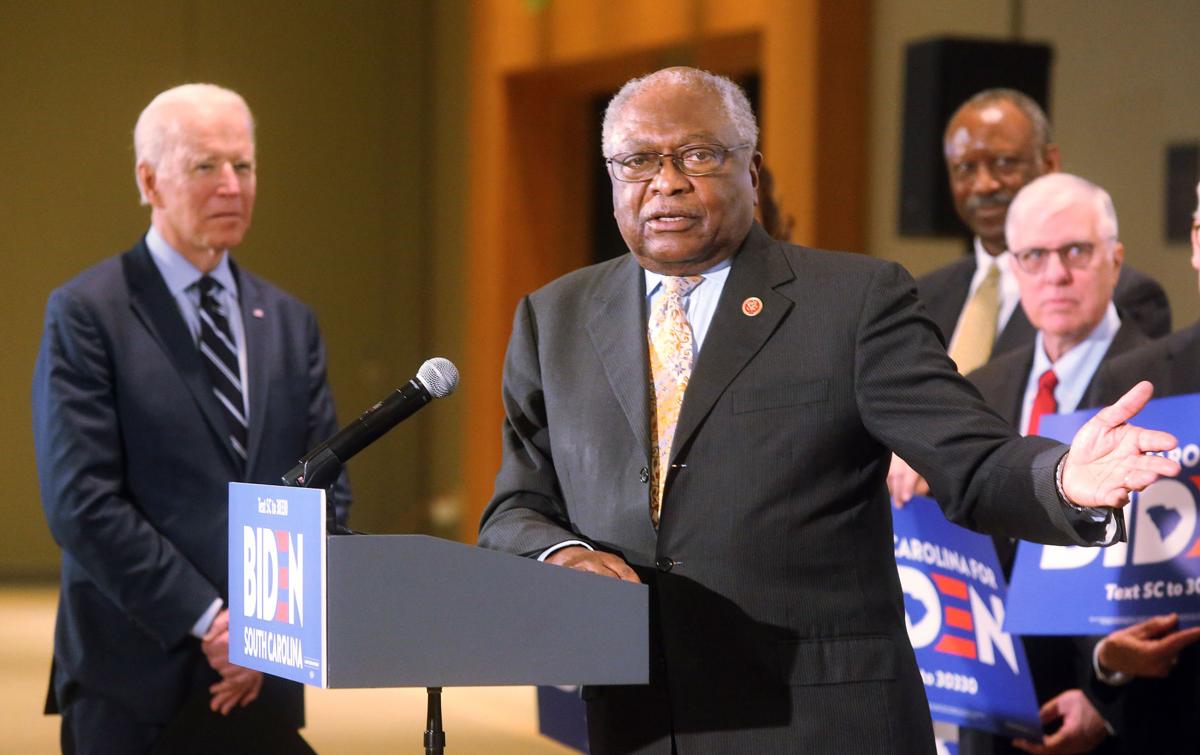
Lyndon Johnson was able to launch affirmative action, in part, because the assassination of John F. Kennedy caused a groundswell of sympathy that, in the elections of 1964, secured not just the White House, but extraordinary majorities for Democrats in both Senate and the House.
What will the killing of George Floyd deliver? That depends on whether the BLM movement has learned well the recent history of our struggle, the art of turning sudden rage into lasting gain, and maybe more importantly – the deft application of those Four P’s.
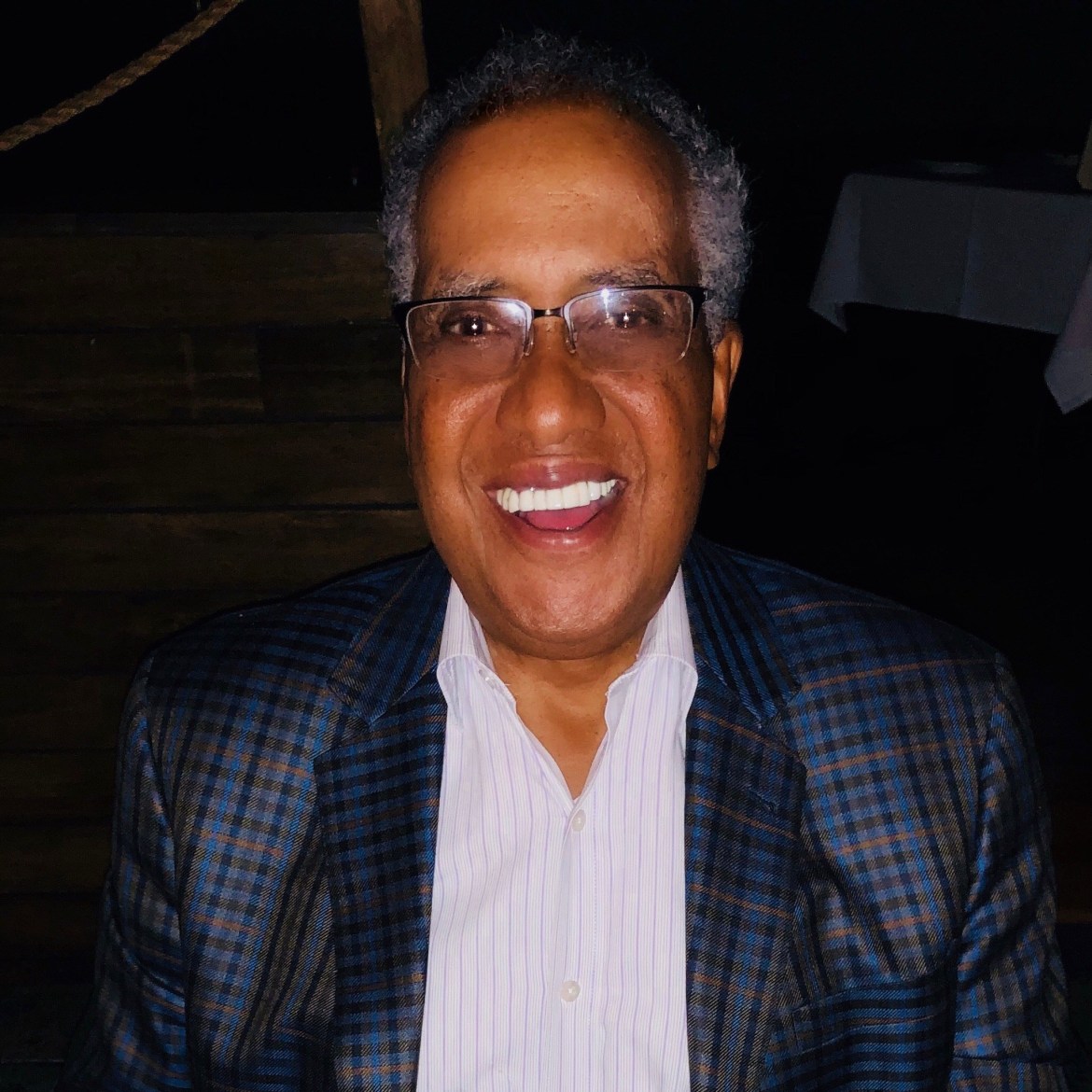
(Paul King is a construction consultant and member of Chicago’s Business Leadership Council.)


